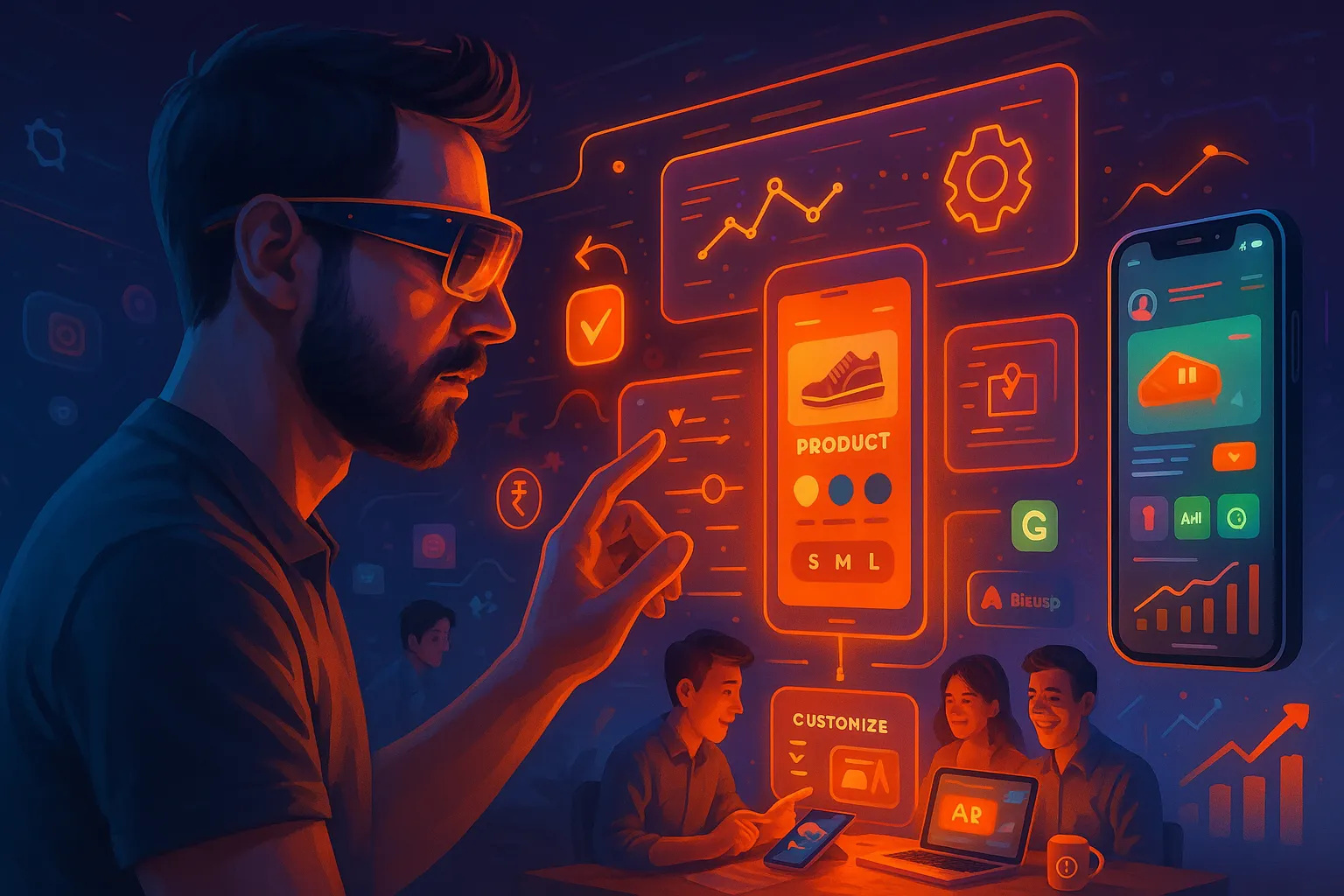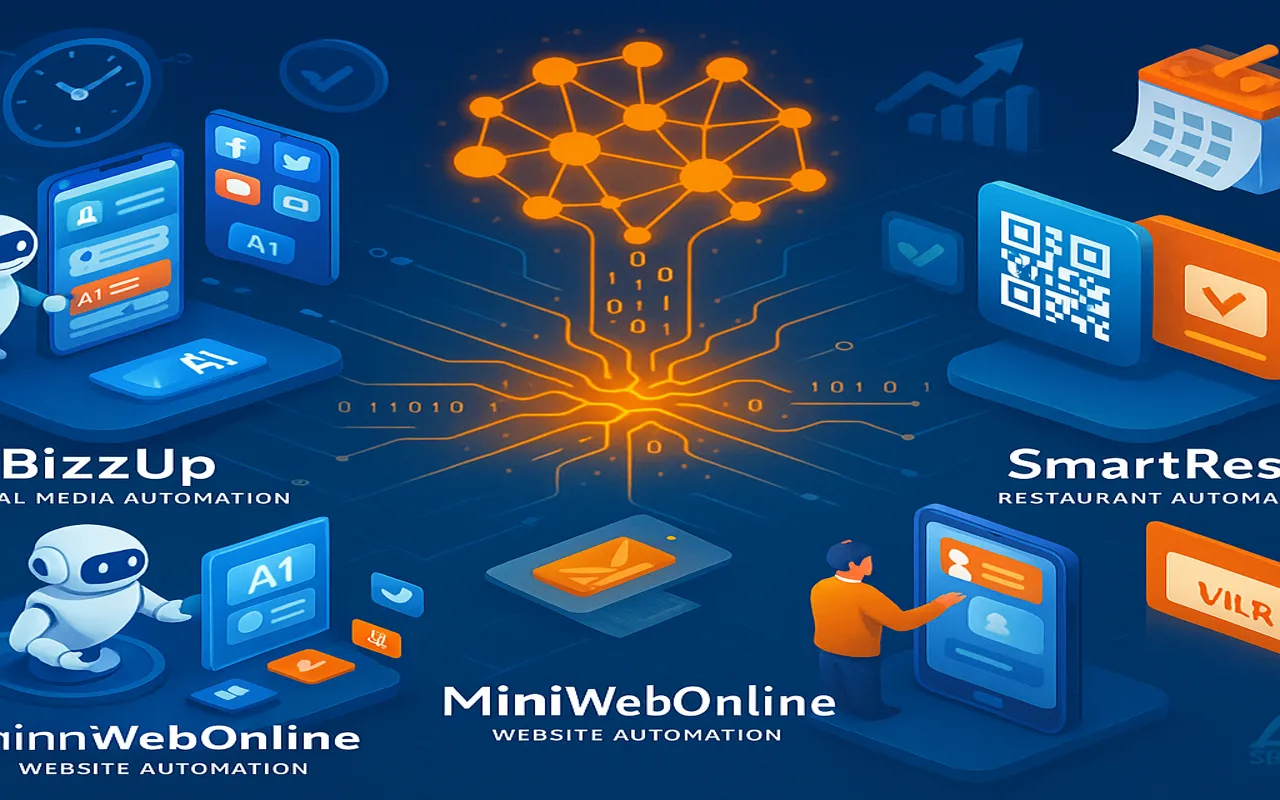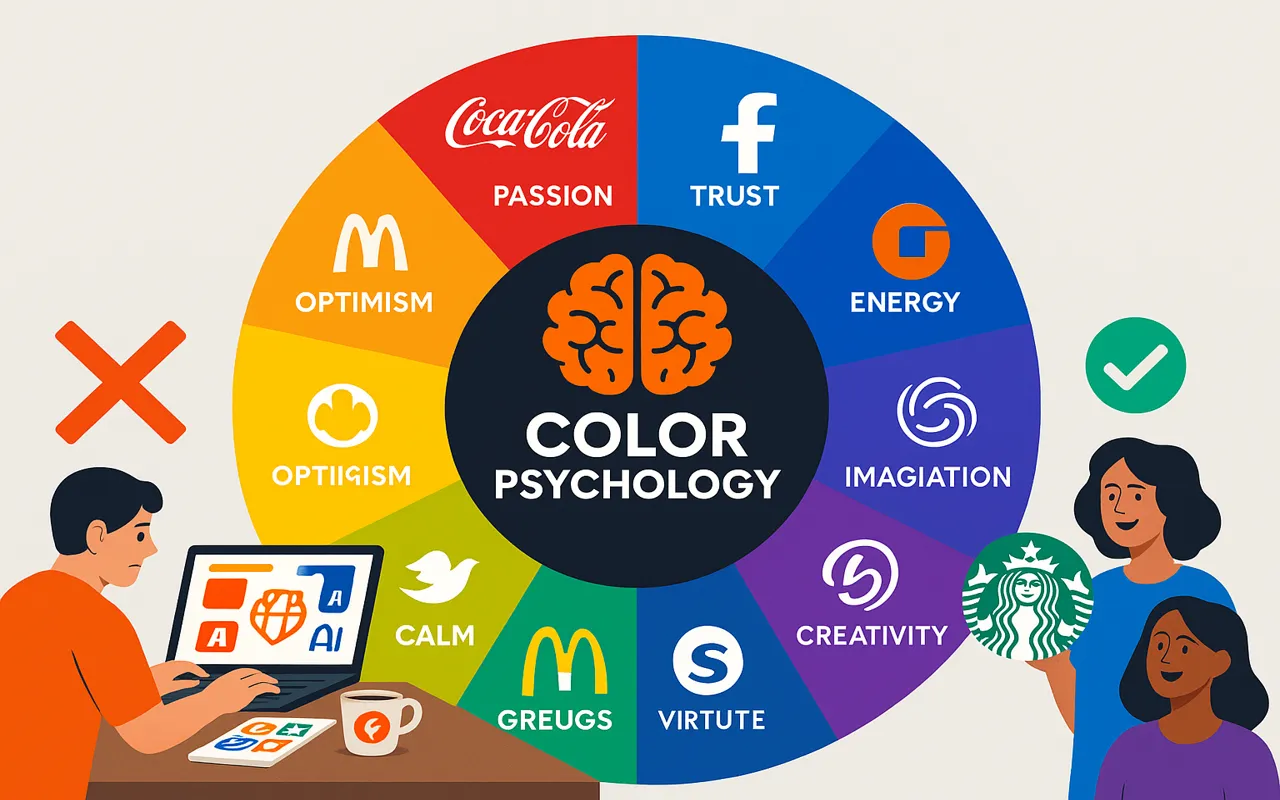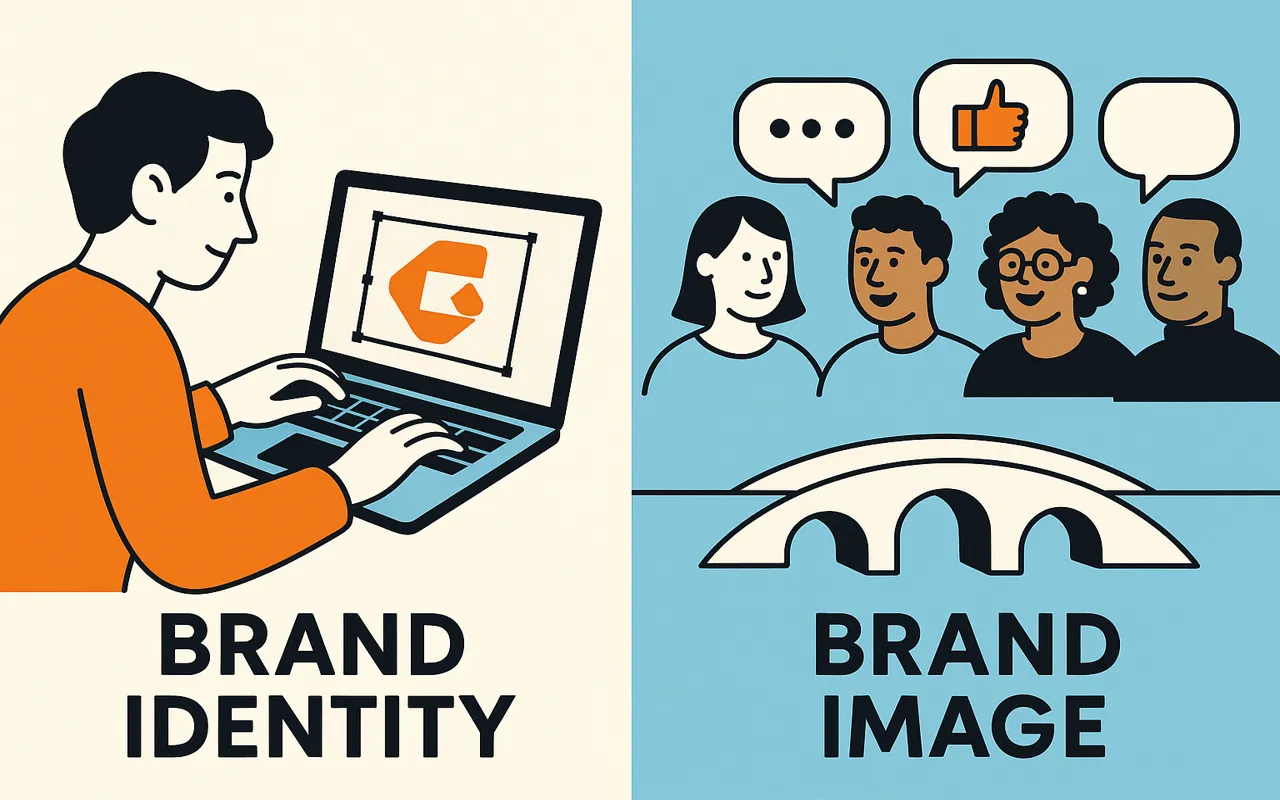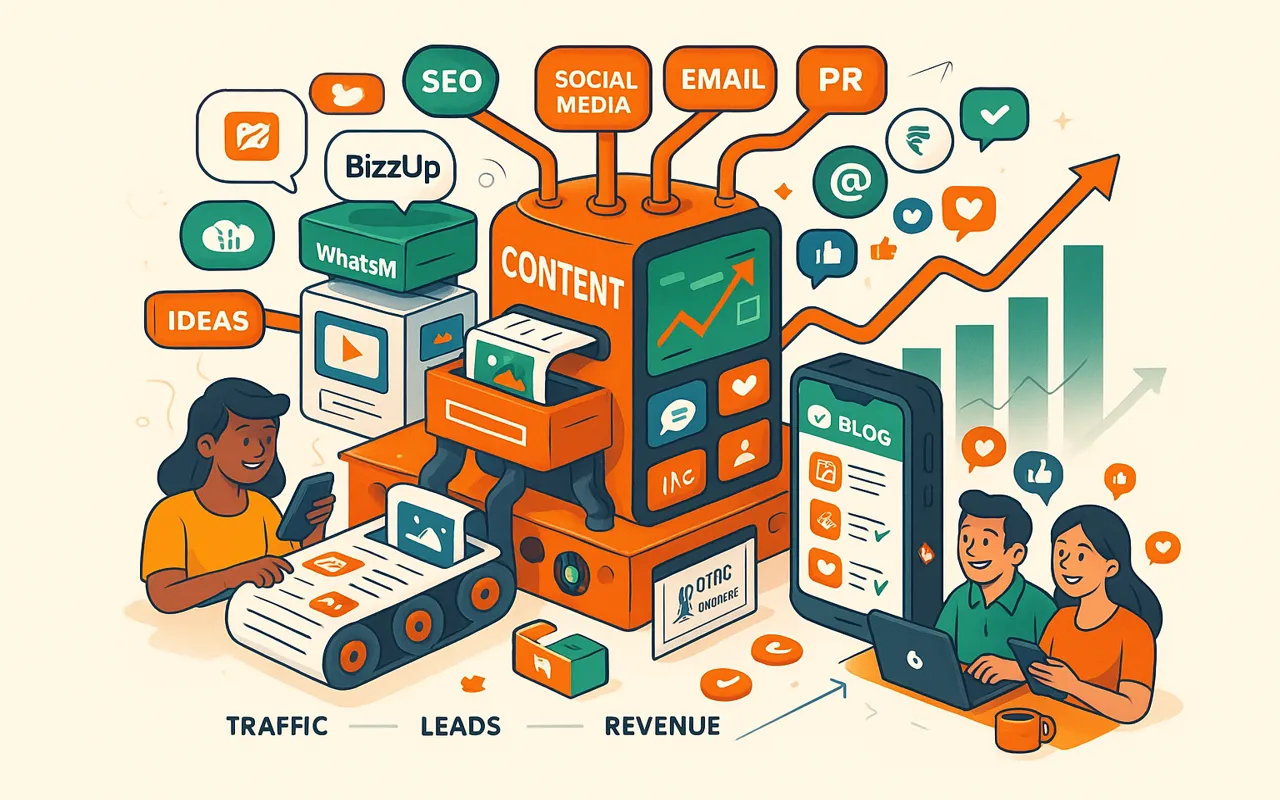AR in UI/UX Design: Immersive Experiences
How augmented reality is revolutionizing user interfaces with 3.1 billion AR users expected by 2025 AR experiences outperform traditional UIs (Google ARCore data) When users can visualize products in their space (Shopify) WebAR adoption grew 300% in 2024 (8th Wall) Key considerations: Our MiniWebOnline AR templates leverage: Implementing AR food visualization: 34% Higher average order value 2.5X More social shares QR codes triggering AR experiences (like our SmartRestra menus) Surface detection for furniture try-ons Apple Vision Pro ecosystem Virtual try-ons becoming standard Persistent AR experiences From AR menus to virtual showrooms, we build immersive experiences.AR in UI/UX: Designing Immersive Experiences for 2025
Why AR is the UI/UX Game-Changer
📈 71% Higher Engagement
⏱️ 40% Faster Decisions
📱 No App Required
AR UI/UX Design Principles
1. Spatial Interface Design
2. Context-Aware Interactions
Case Study: SmartRestra AR Menus
Getting Started with AR UI/UX
Step 1: Choose Your AR Approach
Marker-Based
Markerless
Step 2: Tools for Startups
2025 AR Trends to Watch
👓 Wearable AR
🛒 AR Commerce
🌐 Spatial Web
Ready to Augment Your UX?
0 comment on “AR in UI/UX Design: Immersive Experiences”
Leave a Reply
Your email address will not be published.
Ready to build your dream product?
Whether it’s a sleek mobile app or a full-stack platform, our experts are here to help.

